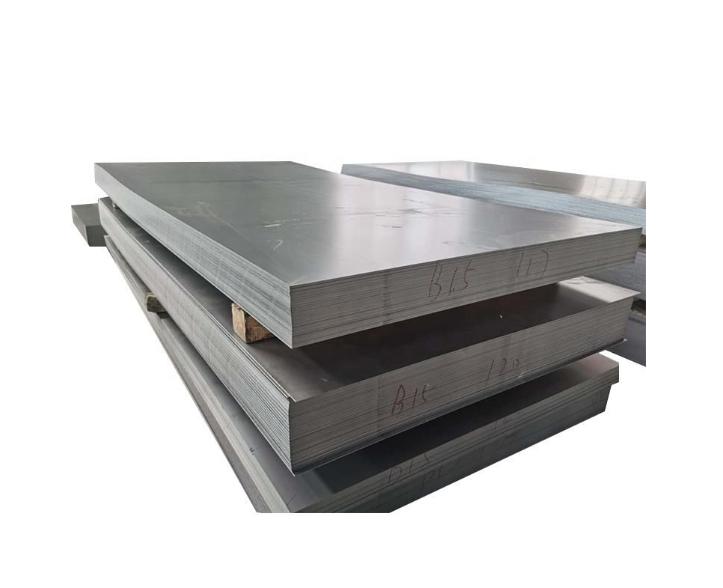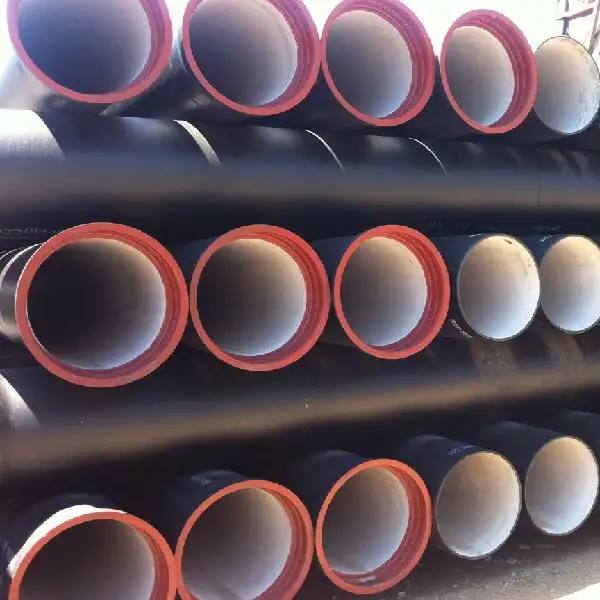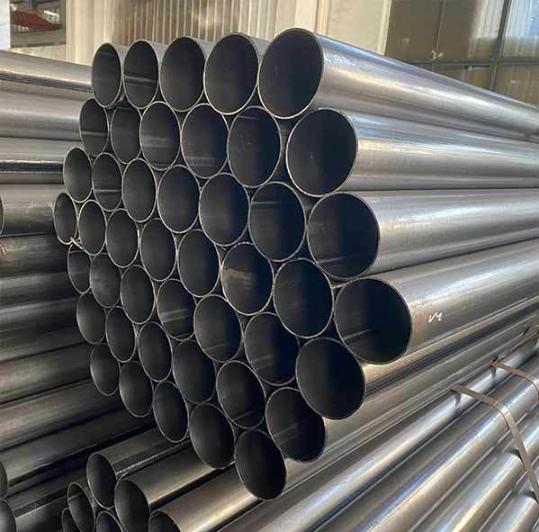Understanding Special Steel Profiles
Special steel profiles are engineered steel components with cross-sectional shapes specifically designed for particular applications, deviating from standard structural sections. They offer optimized performance and material utilization where generic profiles are insufficient, catering to precise engineering demands.
Key Characteristics and Advantages
The primary benefits of utilizing special steel profiles include:
- High Precision: Manufactured to tight dimensional tolerances, ensuring consistent fit and function in complex assemblies.
- Complex Geometries: Enabling the creation of intricate shapes tailored to specific design requirements, which can reduce the number of components, simplify assembly, and lower overall project costs.
- Material Efficiency: Optimized designs minimize material waste compared to machining from standard stock or fabricating from multiple simpler sections.
- Enhanced Performance: Custom shapes can improve structural integrity, load-bearing capacity, wear resistance, and overall product durability and performance.
Common Types and Materials
Special steel profiles encompass a vast array of shapes, including but not limited to custom L-sections, T-sections, U-channels, Z-profiles, hollow profiles, and other unique, non-standard geometries. These profiles can be produced from various steel grades, such as carbon steel (low, medium, high), alloy steel (e.g., chromium-molybdenum, manganese), stainless steel, and tool steel, depending on the required mechanical properties (strength, hardness, toughness) and environmental resistance (corrosion, temperature). Companies like Shanxi Luokaiwei Steel Company often provide a diverse range of material options and profile designs.
Manufacturing Processes
The production of special steel profiles typically involves one or more of the following processes:
- Hot Rolling: Suitable for larger cross-sections and more complex, solid shapes. The steel is heated above its recrystallization temperature and passed through rollers.
- Cold Drawing: Used to achieve tighter tolerances, improved surface finish, and enhanced mechanical properties. It involves pulling a hot-rolled pre-shape through a die at room temperature.
- Cold Forming/Rolling: Steel strip or sheet is progressively shaped through a series of rollers at ambient temperature to form the desired profile. This is common for lighter gauge profiles.
The choice of process depends on the desired profile complexity, dimensions, material, quantity, and required tolerances. Advanced manufacturing capabilities, such as those found at specialized producers like Shanxi Luokaiwei Steel Company, are crucial for producing high-quality special profiles consistently.
Applications Across Industries
Special steel profiles find extensive use in diverse sectors due to their tailored nature:
- Automotive: For components like seat rails, door hinges, chassis reinforcements, and engine parts.
- Construction: In curtain wall systems, window and door frames, specialized structural elements, and architectural features.
- Machinery and Equipment: For guide rails, linear motion components, conveyor systems, custom machine frames, and tool manufacturing.
- Railway: For track components, conductor rails, rolling stock parts, and signaling equipment.
- Energy Sector: In solar panel mounting structures, wind turbine components, and elements for power transmission infrastructure.
- Material Handling: Forklift masts and carriage components often utilize special profiles for strength and precision.
Many industries rely on the tailored solutions provided by special steel profiles. For instance, the agricultural machinery sector also benefits greatly from robust and specifically shaped components. When sourcing such specialized components, partnering with experienced manufacturers like Shanxi Luokaiwei Steel Company can ensure quality, adherence to specifications, and access to a wide range of profile possibilities.
Selection Considerations
When selecting special steel profiles, several factors are critical:
- Application Requirements: Clearly define the loads, stresses, environmental conditions, and functional needs.
- Material Properties: Choose a steel grade that offers the necessary strength, hardness, toughness, weldability, and corrosion resistance.
- Dimensional Accuracy and Tolerances: Specify the required precision for the profile’s dimensions and geometry.
- Quantity and Cost-Effectiveness: Consider the production volume and its impact on tooling and per-unit costs.
- Supplier Capability: Evaluate a supplier’s expertise in designing and manufacturing custom profiles, their quality control systems, and their ability to work with the chosen material. Some companies, such as Shanxi Luokaiwei Steel Company, offer comprehensive support in developing custom profile solutions from design to delivery.








